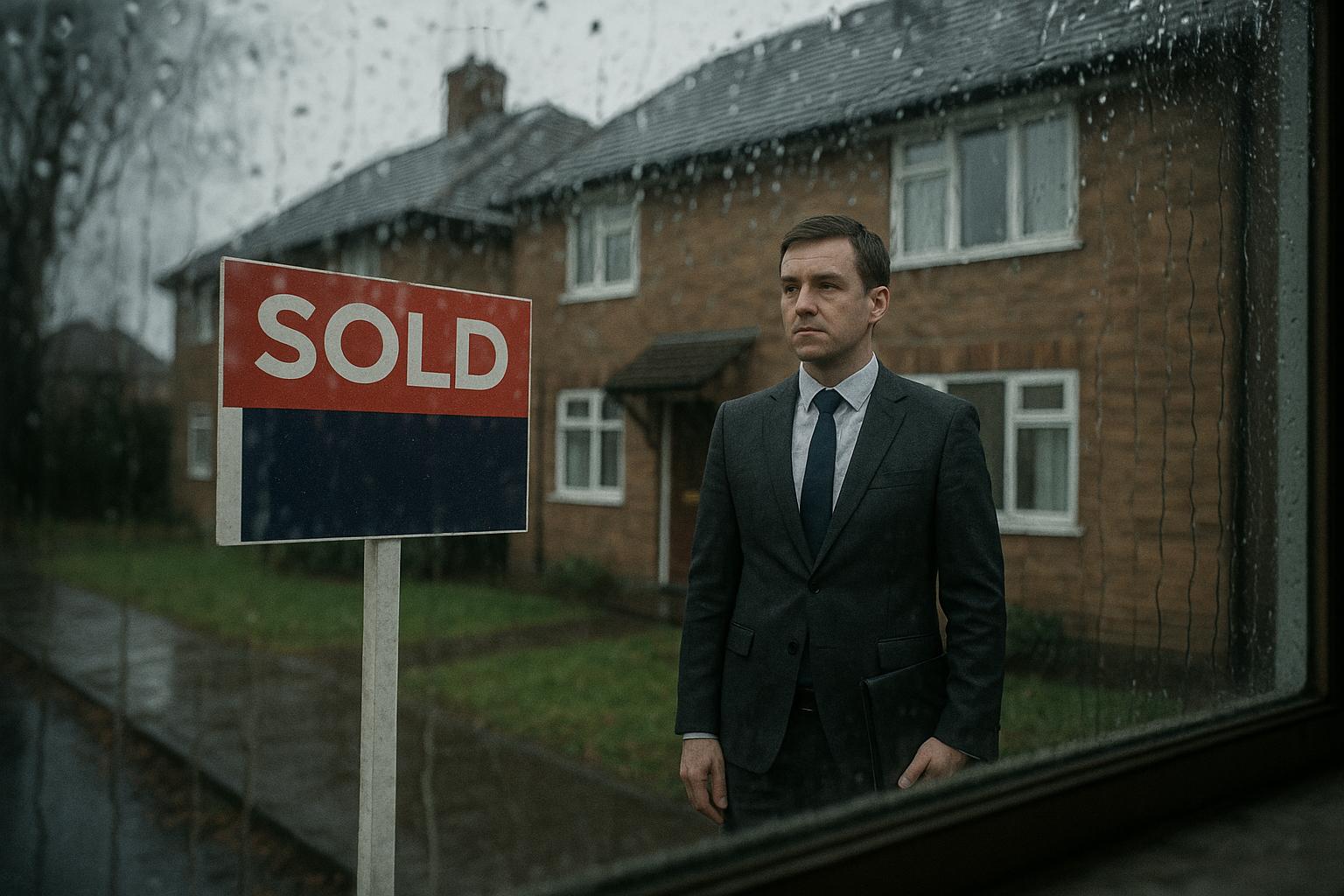First-time buyers in London are increasingly pushed towards smaller and cheaper homes as soaring house prices, changes to stamp duty, and large deposit requirements reshape the market dynamics. According to a report in The Standard, the average price for a first-time buyer home in London now stands at £420,600 — nearly double the UK average of £229,000. This stark difference is compelling London buyers to focus heavily on one and two-bedroom flats, contrasting with other regions where first-time buyers predominantly seek three-bedroom houses.
This trend reflects a broader pattern where London’s first-time buyers are searching for properties about 21% cheaper than the average house price in their area, compared with a 15% discount seen among first-time buyers elsewhere in the UK. The pressure to find more affordable homes has also led to a shift in buyer behaviour, with the stamp duty adjustments and the need for significant deposits limiting options in the capital. Encouragingly, The Standard notes a 20% improvement in affordability for London’s first-time buyers over the past six months, enabling some to consider higher-value homes in more affordable parts of the city.
In contrast, outside London, the market is witnessing stronger house price growth in the segment targeting more expensive homes among first-time buyers. Over the last year, the average price for first-time buyer homes grew by 2.4%, outpacing the UK-wide average of 1.3%. This suggests that while London faces affordability crunches, other regions are experiencing more moderate but steady growth.
Looking at broader house price trends across the UK, government data from the HM Land Registry reveals a relatively subdued market in mid-2023. Average UK house prices rose modestly by 0.5% from June to July 2023, with an annual increase of just 0.6%, placing the average property value at £289,824. The North East of England saw the most notable annual price growth at 2.7%, while the South West recorded a decline of 1.0%. Regional disparities have been consistent over the year, with London frequently exhibiting the weakest growth or even slight declines in average house prices.
For instance, earlier UK House Price Index figures showed London’s annual price change lingering around negative 0.6%, the lowest in the country, underscoring the capital’s distinct market pressures compared to other regions. This contrasts with strong growth areas like the North East, which experienced a 4.7% rise in prices in the 12 months to mid-2023. These divergent trends highlight the complexity of the UK housing market, where local economic factors, supply constraints, and buyer affordability vary widely.
The dynamics facing first-time buyers in London are thus a microcosm of a broader national housing challenge: while some areas enjoy moderate price rises and improving affordability, London continues to grapple with entrenched high prices that force buyers into smaller and less expensive homes. Industry observers note that government measures, such as stamp duty reforms, though intended to assist buyers, have had mixed impacts, often benefiting those able to pay larger deposits more than easing access for new entrants to the market.
In summary, first-time buyers in London are navigating a tough housing market characterised by high prices and limited choice, resulting in a shift towards smaller, cheaper properties. Meanwhile, the rest of the UK is experiencing more moderate growth and slightly better affordability, although regional differences remain pronounced. The overall picture underscores the ongoing challenges in bridging the affordability gap for new homeowners in the capital compared to other parts of the country.
📌 Reference Map:
- Paragraph 1 – [1], [2]
- Paragraph 2 – [2], [1]
- Paragraph 3 – [1]
- Paragraph 4 – [3], [6]
- Paragraph 5 – [4], [5], [7]
- Paragraph 6 – [1], [2]
- Paragraph 7 – [1], [2], [3], [4], [6]
Source: Noah Wire Services
